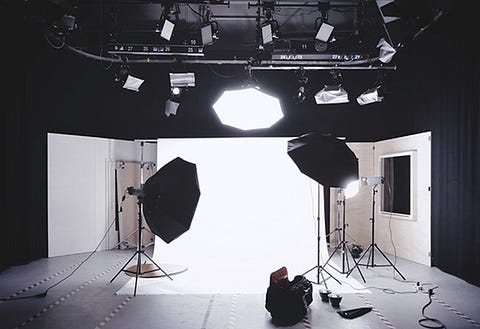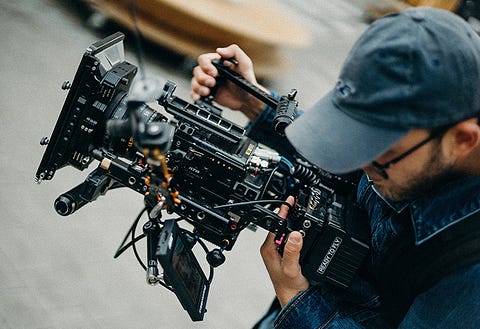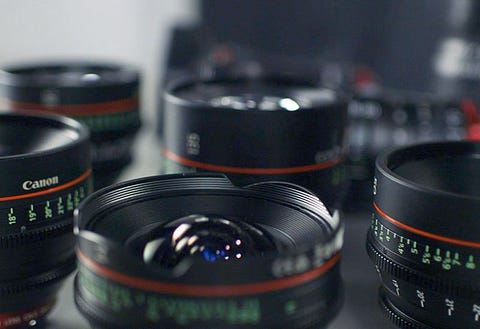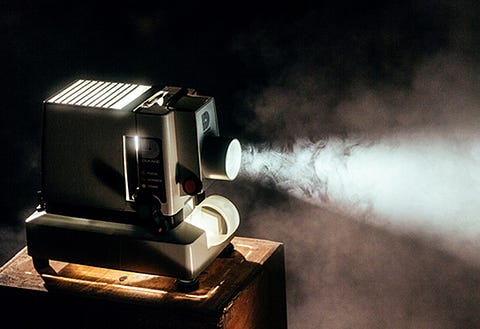
It is true that the script of any movie is the most vital component in the filmmaking process, but visual storytelling plays an equally vital role in creating a long-lasting impact on the viewers. In fact, good lighting and cinematography display a narrative in its own self. Doing it the right way is surely a time-consuming process, but the cinematic edge it provides the film with makes it all worth it. You can enhance your skillset with WWI Extension’s online Cinematography course. Let’s talk about some basic lighting and cinematography tips and tricks for any budget that will help you #MakeTheCut:
1. Use the Three-Point Lighting TechniqueAdd dimensionality to your 2D images using this standard technique of three-point lighting. As the name suggests, the light sources in this technique are placed around the subject in three separate places in relation to the position of the camera. All cinematographers use this method to light up their subject and this basic method is a great way to begin observing the behaviour of light.
2. Use a wide lens
Wide lenses draw attention directly to the subject, which helps to create a connection with the audience. A wide lens also gives a glimpse of the surrounding set design while keeping the focus on the main subject when the depth of field is kept large.
3. Shoot during the Golden Hour
Shooting approximately one hour after the sunrise or before the sunset will give a soft, warm, and natural glow to your scenes. This helps photographers and cinematographers to create beautiful imagery by simply using available natural light.
4. Use a reflector or mirror to soften the natural light
Using reflectors helps tone down the contrast when working with natural light. You can use reflectors or even a mirror to bounce back sunlight directly to light up your subject in focus. This helps bring a balance by keeping the exposure on the subject similar to the exposure in the background. You can also use these mirrors and reflectors as backlights to add more depth to the shot.
5. Use cut-outs to mimic shapes
The best way to capture a wide shot when your shooting location doesn’t give you space to set up lights is cutting out paper or cardboard to create the shape you want to mimic and place that in front of your lens. You can use this trick to create an impression of the subject peeping through a keyhole or someone standing by the window by placing lights behind the cut-out.
6. Get creative
Adding a personal touch to the tried and tested cinematography techniques is what will help you create your own cinematic style for your film. Don’t shy away from lending a fresh creative solution to your film or a particular scene if necessary. Many filmmakers are also getting creative by capturing cinematic footage using their mobile phones.
Reference Links:
www.nfi.edu/foley-artist
www.sound-ideas.com/Page/what-is-foley
www.studiobinder.com/blog/what-is-a-foley-artist
www.nfi.edu/foley-artist
www.sound-ideas.com/Page/what-is-foley
www.studiobinder.com/blog/what-is-a-foley-artist


